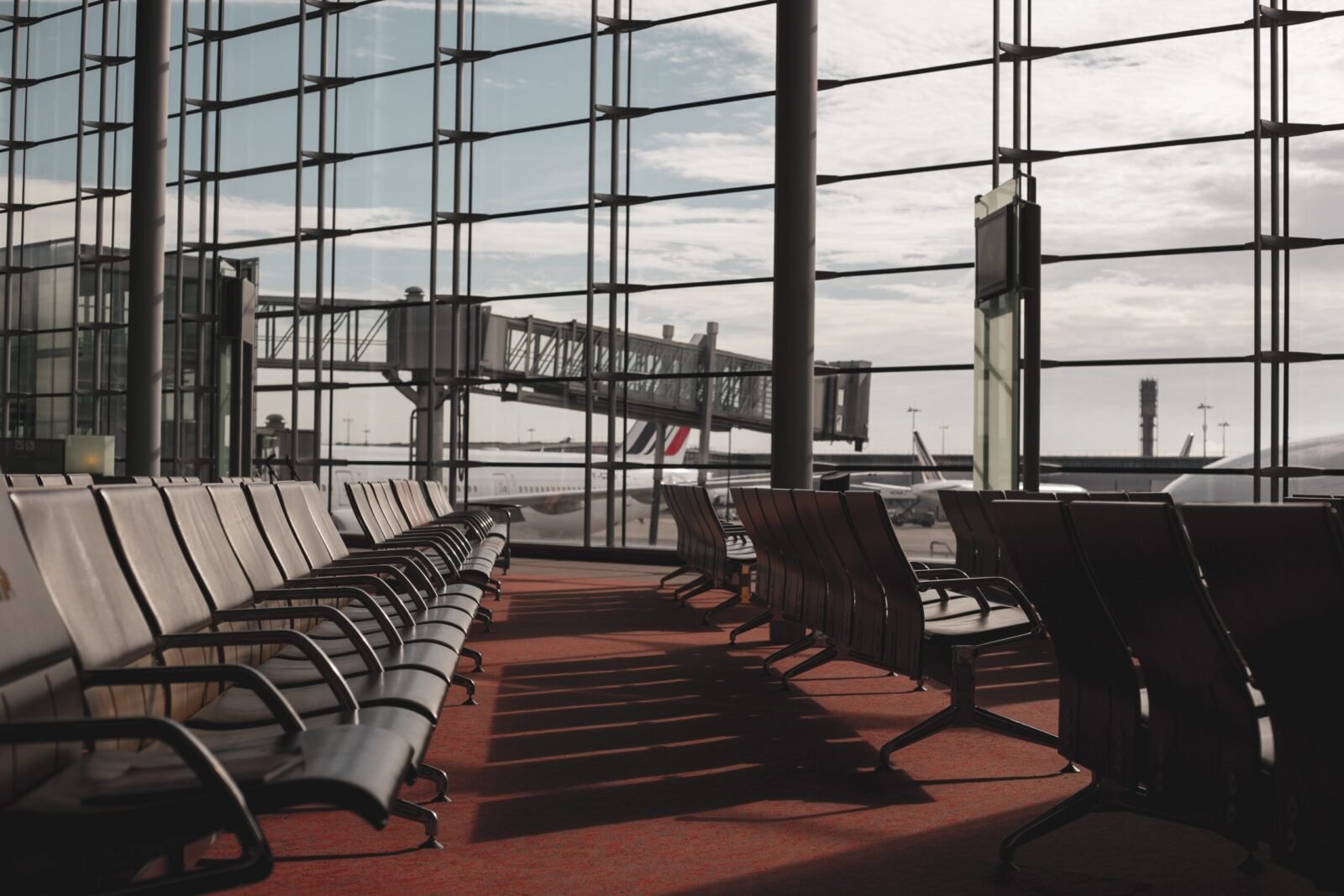Have you ever wondered how airlines and hotels determine their prices? It may seem like a mystery, but there are actually some insider secrets that can shed light on this topic. In this blog post, we will explore how airlines and hotels set their prices and the factors that influence them.
Airlines
When it comes to airlines, pricing strategies can be complex and dynamic. Here are some key factors that airlines consider when setting their prices:
1. Demand
The demand for flights plays a significant role in determining ticket prices. During peak travel seasons or popular routes, airlines can charge higher prices due to increased demand. On the other hand, during off-peak periods or less popular routes, airlines may offer discounted fares to attract more passengers.
2. Competition
Competition among airlines is fierce, and it directly impacts pricing. Airlines closely monitor their competitors’ pricing strategies and adjust their own prices accordingly. They may offer lower fares or promotions to stay competitive and attract more customers.
3. Operating Costs
Airlines have various operating costs, including fuel, labor, maintenance, and aircraft leasing. These costs heavily influence ticket prices. When operating costs increase, airlines may adjust their prices to cover these expenses.
4. Seat Inventory
Airlines carefully manage their seat inventory to maximize revenue. They use complex algorithms to analyze historical data, booking patterns, and customer preferences. By adjusting the number of seats available at different price points, airlines can optimize their revenue and fill their planes efficiently.
Hotels
Similar to airlines, hotels also employ strategic pricing techniques to maximize their revenue. Here are some key factors that hotels consider when setting their prices:
1. Seasonality
Seasonality plays a crucial role in hotel pricing. During peak seasons or holidays, hotels can charge higher rates due to increased demand. Conversely, during off-peak periods, hotels may offer discounted rates to attract more guests and fill their rooms.
2. Location
The location of a hotel can significantly impact its pricing. Hotels in prime locations, such as city centers or popular tourist destinations, often have higher rates compared to those in less desirable areas. The demand for accommodations in specific locations can drive prices up.
3. Amenities and Services
The amenities and services offered by a hotel also influence its pricing. Hotels with luxurious facilities, such as spas, pools, and fine dining restaurants, may charge higher rates compared to budget accommodations. The level of comfort and convenience provided by a hotel affects its perceived value and price.
4. Occupancy Rate
Hotels closely monitor their occupancy rates to adjust their pricing. When occupancy is low, hotels may offer discounted rates or promotions to attract more guests. On the other hand, during high occupancy periods, hotels can increase their prices to maximize revenue.
Conclusion
Setting prices in the airline and hotel industries is a complex process that involves numerous factors. Demand, competition, operating costs, seat inventory, seasonality, location, amenities, and occupancy rates all play a role in determining prices. By understanding these insider secrets, you can make more informed decisions when booking flights and accommodations. Remember to be flexible with your travel dates and compare prices across different airlines and hotels to find the best deals!

